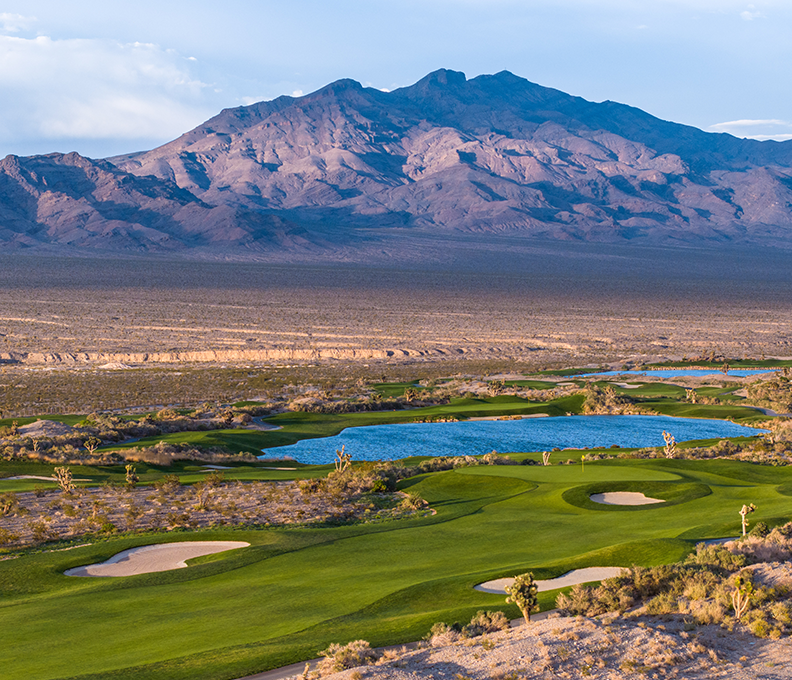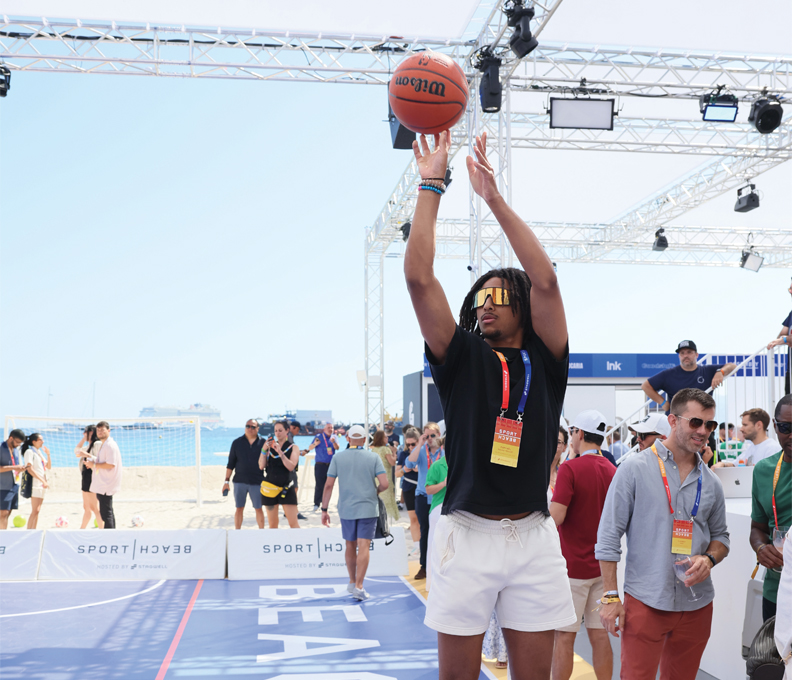Land of Lights
Iceland is actually about 90% ice-free – and 100% charming
March 29, 2020
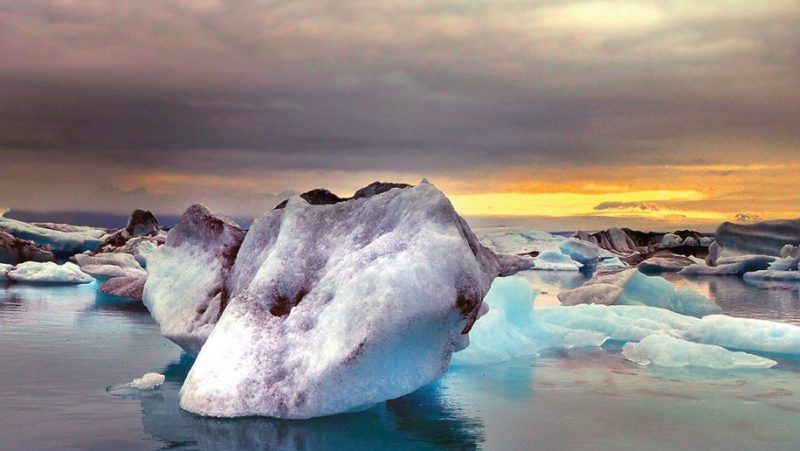
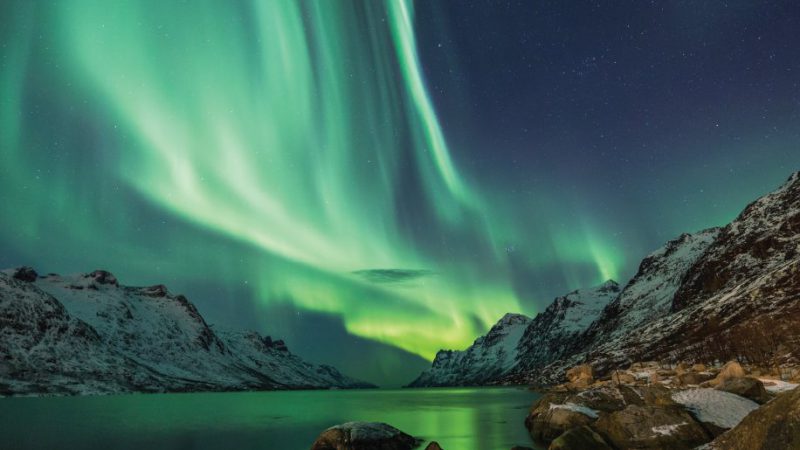
The world’s northernmost capital, Reykjavik, lies on an island of waterfalls, glaciers and lava fields, so it’s hard to do justice to what the region has to offer in terms of its sheer vastness, breathtaking landscapes and astonishing experiences. But I decided to give it my best shot and zero in on a 72-hour itinerary of Iceland’s highlights.
When I got off the plane, I had no expectations – all I know is that Iceland, a region just below the Arctic Circle, is a country of charming towns and spectacular natural landscapes including The Northern Lights. Right away, I discovered it took me very little time to fall in love with Iceland. Few places in the world conjure up the mystical isolation of the North Pole, where the summer sees no darkness and the winter no light. I even discovered that Iceland is, in fact, about 90 percent ice-free.
Of the five Scandinavian capital cities – the others are Helsinki, Stockholm, Oslo, Copenhagen – Reykjavik is the most intimate of all. It has quietly grown to become an essential Scandinavian detour for business travelers, just a couple of hours’ flight from any of Europe’s major capitals.
With its emergence as a bucket-list destination for business and leisure travelers alike, what there is to see and do is completely determined by the time of year. Reykjavik certainly qualifies as north Europe’s most relaxed and easy-going capital city, and in the surrounding area, visitors find Myvatn, a supremely photogenic lake surrounded by several tiny villages.
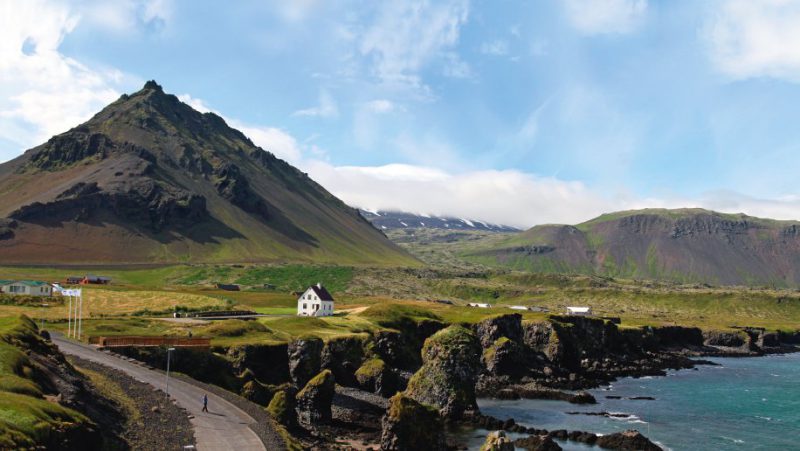 Venturing out then, we come to some incredibly rugged landscapes and breathtaking scenery with a mix of glacier-carved canyons and valleys, extraordinary green grassland and spectacular waterfalls including the thundering Dettifoss, Europe’s most powerful.
Venturing out then, we come to some incredibly rugged landscapes and breathtaking scenery with a mix of glacier-carved canyons and valleys, extraordinary green grassland and spectacular waterfalls including the thundering Dettifoss, Europe’s most powerful.
Little wonder Jules Verne chose an Icelandic volcano as the gateway for his Journey to the Center of the Earth adventure. The term ‘geyser’ was actually coined here, our guide proudly told us, after Geysir, the largest of Iceland’s many hot springs. There are also lava fields, bubbling mud pools and steam vents. And yes, there is ice as well.
The island’s ever-fluctuating weather keeps changing as much as its turbulent volcanic landscape. If you are lucky you may even get to actually experience four seasons in a single day. Summer is, of course, the best time to visit, with its famous midnight sun. That said, temperatures can get alarmingly warm, but this is good for outdoor activities like hiking. The best time to visit Iceland for The Northern Lights is February and March.
Day 1
I checked into the Reykjavik Lights, a concept design hotel ideally located at Suðurlandsbraut 16, featuring 105 bright, Nordic-styled rooms. Managed by Keahotels, this Nordic-style hotel takes inspiration from the ever-changing light and how it symbolizes Icelanders’ everyday life.
Icelanders themselves are a warm and welcoming lot which was evident in the exemplary service I found at the Reykjavík Lights. Every room at the Reykjavík Lights is uniquely decorated in Scandinavian style and is linked to a specific day in the ancient Icelandic calendar. Even the basement space is cozy and has an intimate décor.
The only restaurant is located downstairs, and it takes Nordic cuisine seriously with Arctic salmon soup and some Scandinavian-style cheesecake for breakfast. Clearly the food here is authentically Icelandic and bursting with flavor.
When it comes to getting around, Iceland has no trains and buses are almost non-existent, so the best way to explore this massive island is by renting a car. Not only does this it give you the absolute freedom to choose your own route but also the flexibility of doing things at your own pace. Plus Icelandic roads can transport you to some out-of-this-world landscapes.
Day 2
On my second day, after a hearty breakfast, I was out for some adventure on the two-lane Ring Road, the only motorway circling Iceland. Through the day, we stopped along the way and explored the many waterfalls, sulphur springs, lava caves and picturesque volcanic craters.
A favorite stop along the Golden Circle Classic Tour is the aforementioned Geysir Hot Spring Area, a highly active region where bubbling mud pools spit and geysers explode high into the air and sulphurous steam and gas hiss through crevices in the earth’s surface, creating a bizarre geothermal spectacle. Located in southwestern Iceland, this was the first geyser described in a printed source and, in fact, the first one known to modern Europeans as well.
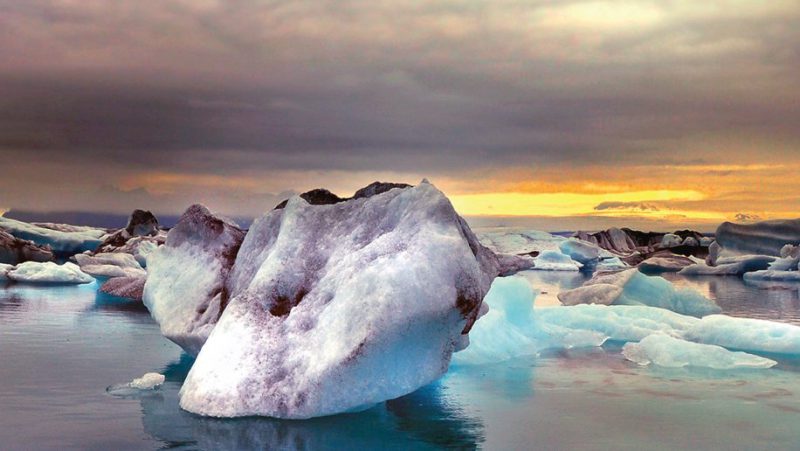
Day 3
I decided to spend the day at Iceland’s fabled Blue Lagoon, just 35 minutes out of town. It is one of many public thermal pools offering an extensive menu of treatments – said to be Iceland’s secret of beauty and health. The silica-rich water is a milky turquoise color that originates from the blue-green algae and soaring temperature.
Reykjavík features a number of restaurants that alternate between the rustic and the daring. Which means that one can easily survive as a vegetarian on the road in Iceland. Reykjavik itself offers a wide selection of vegan and vegetarian food options. Some of these include veggie burgers, marmite, tofu, vegan pestos, instant veggie mixes, peanut butter, dried fruits and nuts.
Grillmarkaðurinn and Krost are two restaurants that are superb for vegetarian options. Moreover, local grocery stores are always packed with the freshest bread (with a crunchy outside and a soft inside), pretzels, cheese, and fruit.
Getting there: Hometown carrier Icelandair offers extensive services from Keflavík International Airport to more than a dozen North American hub cities. Delta, United and American Airlines also fly mostly seasonal connections.
Currency: The currency is the Icelandic krone (pronounced “krona”), ISK; one krone is equivalent to about 80 cents. Euros can also be used in select hotels and restaurants though most establishments will almost always insist on using the local currency only. Cash can be easily withdrawn in Reykjavik, other towns and airports through ATMs. Moreover, Mastercard and Visa credit and debit cards are widely used.
Accommodations: A standard room on a twin sharing basis at the Reykjavík Lights costs $177 per night in low season. Other hotel options include the Hilton Reykjavik Nordica (as low as $111 in the low season), and Icelandair Hotel Reykjavik Natura at (as low as $100 per night.
Visa: US citizens can enter Iceland and stay for up to 90 days without a visa, but their passports must be valid for at least three months beyond the intended stay.


